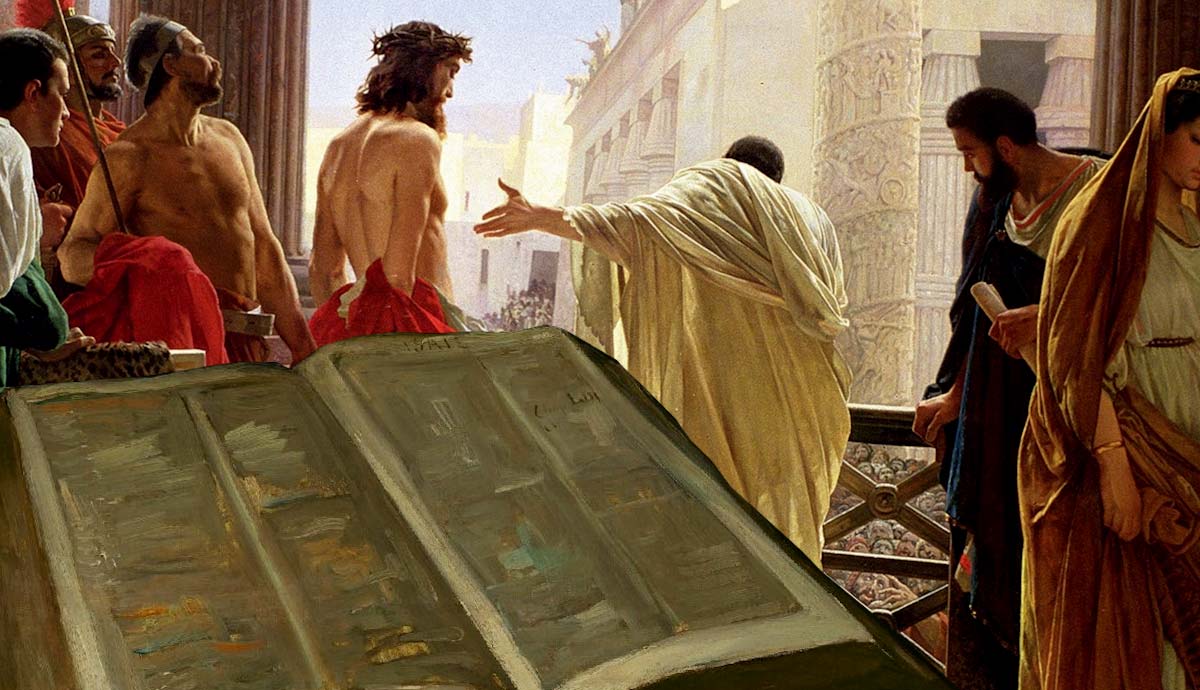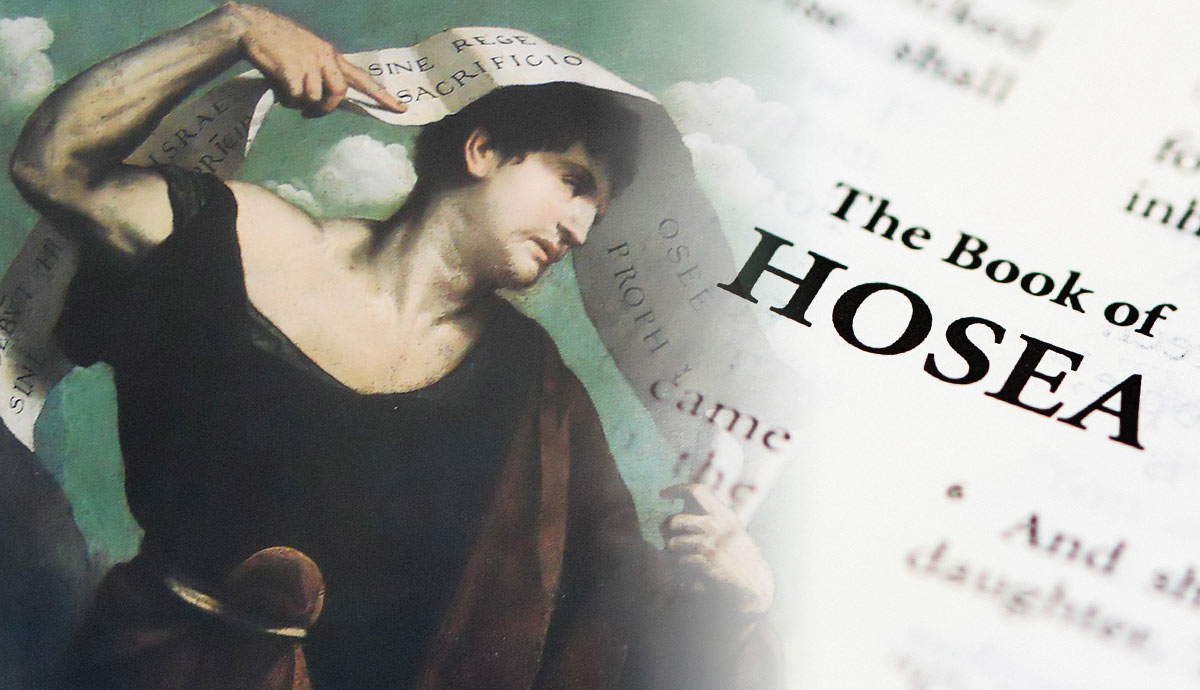
In the centuries following the death of Jesus Christ, there have been many iterations of the Christian Bible. The Bible consists of many different books, divided between the Old Testament and the New Testament, and each branch of Christianity has its own set of books that they consider canonical. For example, the Catholic Bible includes 73 books, while the Protestant Bible includes 66. However, many other books exist; this article will discuss their content and why they were excluded from the canon.
1. The Infancy Gospel of Thomas

One of the strangest books on this list, The Infancy Gospel of Thomas details the life of Jesus from the ages of five to twelve. Jesus is described as a precocious child who takes mischief to the next level. In one instance, he curses a child who bumps into him and the child withers up into a corpse. Similarly, another child seemingly wrongs him by dispersing water that he had collected. Jesus curses the child to drop dead.
However, Jesus does not just perform malevolent miracles. He also brings clay birds to life and heals a friend who is injured by an axe. When a boy dies after falling from a roof, Jesus resurrects him, along with other people who have died in accidents. When he starts receiving lessons, he schools the teacher instead, and undoes his previous cruelty by resurrecting the children that he killed.
2. The Gospel of James

The Gospel of James, also known as the Protoevangelium of James, details the birth and early life of the Virgin Mary, as well as proof of her perpetual virginity. It states that Anna and Joachim, Mary’s parents, prayed for a child and God answered their prayers. To give thanks, Anna dedicates the child to God, and Mary is sent to the Temple at the age of three where she is fed by angels.
At the age of twelve, she is put under the care of Joseph, as the priests of the Temple do not want her menstrual blood to render the place unclean. Joseph is described as an elderly widower with two adult sons, and he has no sexual desire for Mary.
Mary is later told by an angel that she will give birth to the Savior, and while pregnant, she and Joseph journey to Bethlehem for the Roman census. However, on the way Mary starts going into labor, and Joseph places her in a cave while he searches for a midwife. The gospel states that all of creation stood still until Joseph finally located two midwives.
When they enter the cave, a golden mist descends on Mary, and when it dissipates, she is holding the infant Jesus in her arms. One of the midwives, Salome, does not believe that Mary could be a virgin, but after confirming it to be true, her hand rots away because of her lack of faith. However, after touching Jesus and asking for forgiveness, her hand is healed.
3. The Gospel of Mary Magdalene

This is widely considered to be a Gnostic gospel, and concerns conversations between Mary Magdalene, Jesus, and the disciples. After the Resurrection and the appearance of Jesus, the apostles are distraught and anxious, seeking to understand the teachings of Christ. They turn to Mary, as “the Savior loved [her] more than the rest of the women.” They ask her if there was any teaching that Jesus shared with her in private and she relays a Gnostic message about life and death. She claims that Jesus taught her that salvation is found through inner spiritual knowledge, and not through his death and suffering, and that redemption only happens after death when people return to God.
In this gospel, she receives pushback from a few of the disciples, who do not believe that Jesus would have said something like that. They also do not believe that he would have taught her something in private, as that would mean that he preferred Mary above the other apostles. The Gospel of Mary is deemed heretical by all branches of Christianity, as it contradicts the core teachings of the Bible – that Jesus is the path to salvation.
4. The Gospel of Judas

The Gospel of Judas is a Gnostic Gospel that contradicts the teachings of the Christian Bible. It paints Judas as a sympathetic figure and the only one of the apostles who truly understood the teachings of Jesus. This text details the creation of man, not by God himself, but by lesser gods and angels that God created. These angels of creation made Adamas, or Adam, who was created in God’s image (described here as a cloud of light) and lived in the imperishable realm.
With time, humanity forgot its divine origins, and Jesus teaches his disciples that salvation is achieved when man connects with the God within. However, all the disciples except Judas misunderstand this teaching and instead spread the practice of animal sacrifice. This pleases the lower gods, but not the true God. The apostles and the group of people who follow this practice are doomed to die two deaths: their physical bodies will one day perish, but so will their souls. However, those with immortal souls, who have connected with the God within, will enter the imperishable realm after death.
This gospel states that Judas has an immortal soul and that he understood the true meaning of Jesus’ life and death. Jesus tells him “You will exceed all of them, for you will sacrifice the man that clothes me.” For obvious reasons, all branches of Christianity consider the Gospel of Judas as blasphemous and non-canonical.
5. The Gospel of Nicodemus

The Gospel of Nicodemus and the Acts of Pilate form part of the same work, but for the purpose of this article they will be discussed separately. Nicodemus was a Pharisee who was drawn to the teachings of Jesus and would visit him at night to ask him questions about the nature of sin and humanity. This Gospel details the crucifixion from the point of view of Nicodemus and seems to be a compilation of oral narratives.
There are a few details that differ from the Passion narratives in the Bible. It states that all the people that Jesus healed throughout his lifetime came to his trial to defend him. While this is a nice sentiment, it seems unlikely that this happened. It also states that Pilate ordered Jesus to be whipped and crucified at the same time, while the Bible states that these were two different instances. It also states that Joseph of Arimathea was thrown into jail for giving Jesus a proper burial.
6. Acts of Pilate

The Acts of Pilate consists of a few chapters in the Gospel of Nicodemus and describes the “Harrowing of Hell.” Pilate details how he met with two men, Leucius and Charinus, who were raised from the dead after the crucifixion. They describe hell as an empty, barren landscape, much like purgatory, and state that Jesus came to hell to save all the souls trapped there.
Many branches of Christianity also believe this to be true, but in one odd part of the text Satan does not know who Jesus is and just lets him in. Beelzebub, one of the main demons, even praises Jesus as a righteous man.
It is also mentioned that Jesus brought all the saints into heaven and that Elijah and Enoch (the only two men in the Bible who were raised directly into heaven) were already there waiting for them. Further, it paints Pilate as a sympathetic figure who knows that Jesus is divine and innocent, and who knows that the death sentence is unjust.
7. The Gospel of Peter

Peter was one of the apostles of Jesus Christ and is considered the father of the early church. In early church letters, many lost works are referenced, including the Gospel of Peter.
It was considered lost until 1886, when the text was discovered in the tomb of an Egyptian monk, dating back to the 8th or 9th century. It is deemed non-canonical, and by some, it is considered heretical due to its contents. It contains a Passion narrative in which Pilate is not the one who orders the crucifixion of Jesus, but Herod Antipas.

Another detail that many seem heretical is the text’s claims about the last words of Jesus on the cross. The Gospel of Peter states that his last words were “My power, my power, why hast thou forsaken me?,” in contrast to the Christian Bible which states that Jesus said, “My God, my God, why hast thou forsaken me?” After this, the Gospel of Peter states that Jesus remained silent, as though he felt no pain. Other peculiarities in this gospel include a moving and talking cross, as well as a description of the Resurrection and Ascension happening at the same time.









